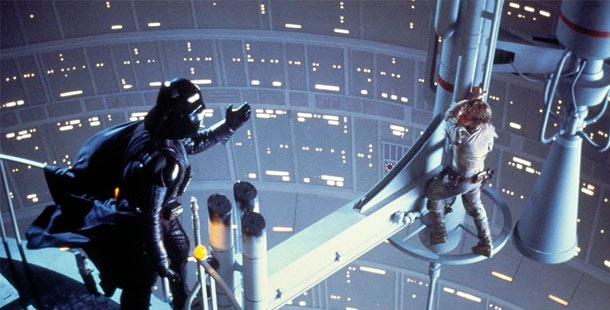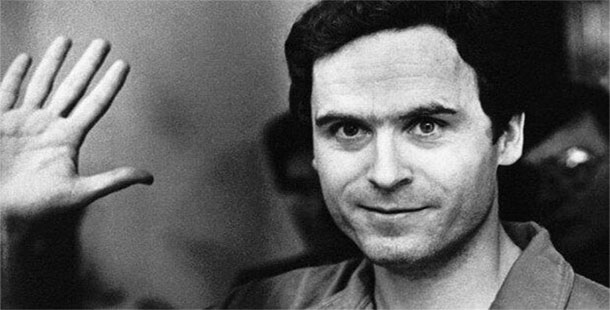Every time the term “world war” comes up, for most people, their minds are likely to be drawn to World War II, the reign of the Nazis in Germany, and the Holocaust among other things. However, not too many truly appreciate the vast global impact that World War I made and how it triggered a sequence of significant historical occurrences that shaped the trajectory of mankind’s history. Here are 25 astonishing truths that emphasize the prime significance of World War I as one of the crucial happenings in human history.
https://www.youtube.com/watch?v=tJewC1-I0eU
25
During WWI, American hamburgers (named after the German city of Hamburg) were renamed Salisbury steak. Frankfurters, which were named after Frankfurt, Germany, were called “liberty sausages," and dachshunds became “liberty dogs.” Schools stopped teaching German, and German-language books were burned.
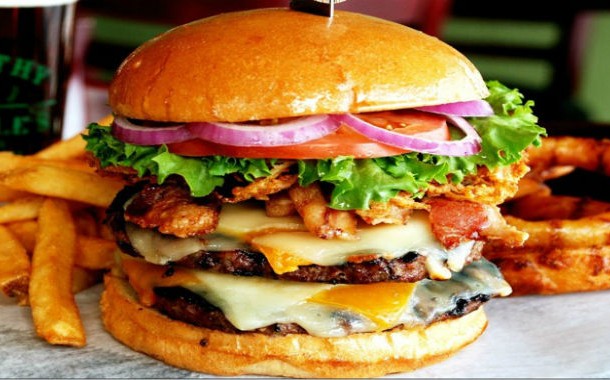
24
Soldiers in the trenches were highly superstitious. Some believed that angels had appeared over the trenches to save them from disaster while phantom cavalry were also seen.

23
None of the soldiers wore metal helmets in 1914. The French were the first to introduce them in 1915. Future prime minister Winston Churchill wore a French one during his time on the front in 1916.
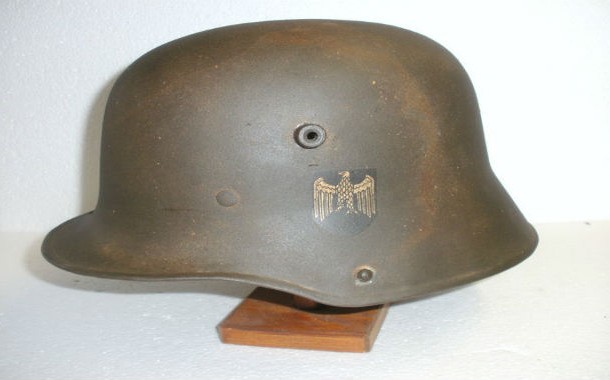
22
“Hello Girls,” as American soldiers called them, were American women who served as telephone operators for Pershing’s forces in Europe. The women were fluent in French and English and were specially trained by the American Telephone and Telegraph Company. In 1979, the U.S. Army finally gave war medals and veteran benefits to the few Hello Girls who were still alive.
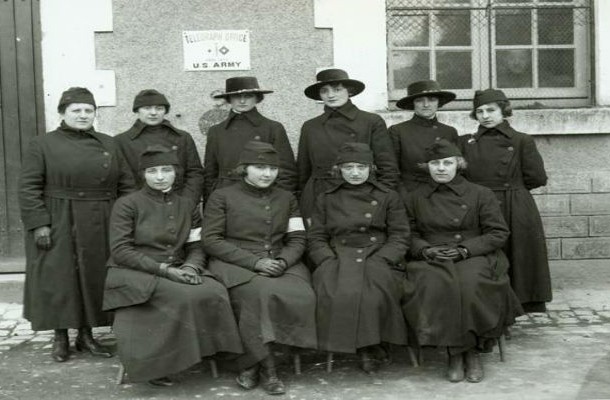
21
Disease accounted for a third of the deaths during the war. Duck boards eventually helped ease cases of trench foot, an infection caused by damp and cold. But with semi-sanctioned brothels being set up behind the frontlines, 150,000 British soldiers came down with venereal infections.
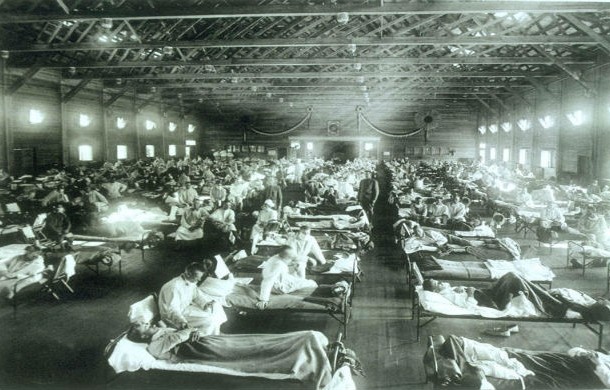
20
Famous people who served include the writers A. A. Milne, creator of Winnie the Pooh, Lord of The Rings author JRR Tolkien, sculptor Henry Moore, and the actor Basil Rathbone.
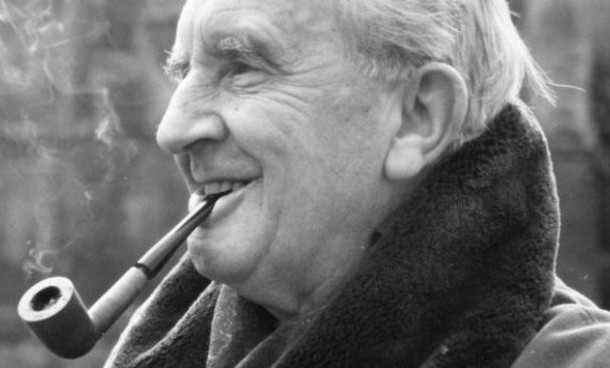
19
Periscope rifles were developed to see over the twelve-foot trenches. Other new weapons included flamethrowers and tanks. In 1915, the first tank was called Little Willie. Tanks were split into males, armed with cannons, and females, usually armed with machine guns.
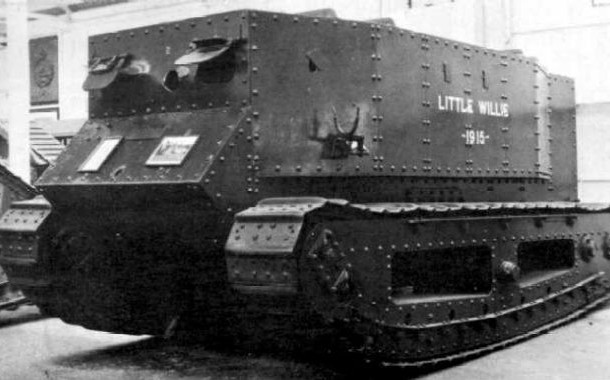
18
For that matter, the Germans were the first to use flamethrowers in WWI. Their flamethrowers could fire jets of flame as far as 130 feet (40 m).

17
The Eiffel Tower intercepted German radio messages leading to the execution of Dutch exotic dancer and arguably the most famous female spy in history: Mata Hari. Though she always denied being a spy, the French executed her in 1917.
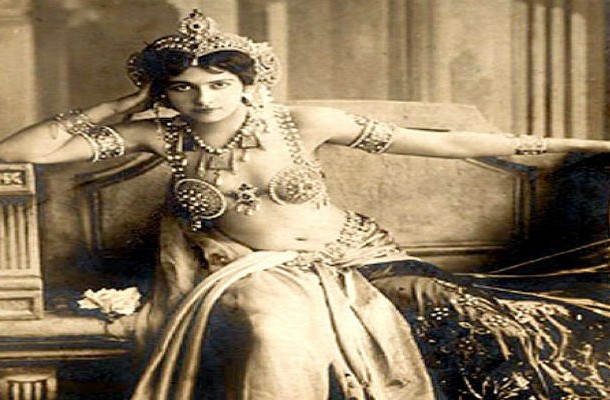
16
During WWI, dogs were used as messengers and carried orders to the front lines in capsules attached to their bodies. Dogs were also used to lay down telegraph wires.
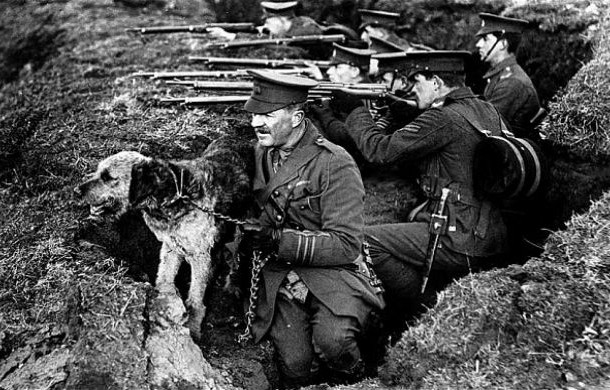
15
Although the first military submarine (named the Turtle) was used by the Continental Army during the American Revolution, submarines only began to make a large impact during WWI when Germany launched its fleet of U-boats. Its submarines mostly stayed on the surface and submerged only to attack ships with torpedoes. Germany’s indiscriminate submarine warfare was a primary reason the U.S. joined the war.
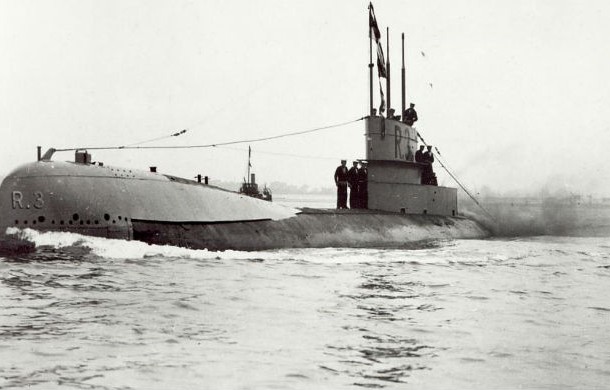
14
The most decorated American of WWI was Alvin Cullum York (1887–1964). York led an attack on a German gun nest, taking 32 machine guns, killing 28 German soldiers, and capturing 132 more. He returned home with a Medal of Honor, a promotion to sergeant, the French Croix de Guerre, and a gift of 400 acres of good farmland.

13
The most successful fighter of the entire war German pilot Rittmeister von Richthofen. He shot down 80 planes, more than any other WWI pilot. He died after being shot down near Amiens in 1918. France’s René Fonck was the Allies’ most successful fighter pilot, shooting down 75 enemy planes.
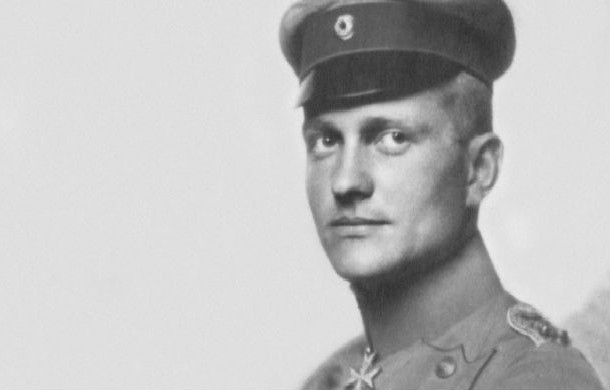
12
More than 500,000 pigeons carried messages between headquarters and the front lines. Groups of pigeons trained to return to the front lines were dropped into occupied areas by parachute and kept there until soldiers had messages to send back.
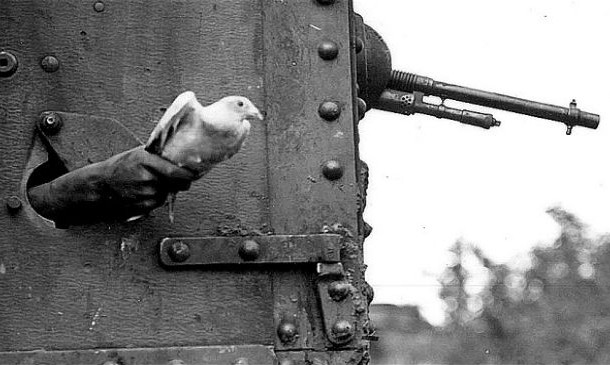
11
France, not Germany, was the first country to use gas against enemy troops in WWI. In August 1914, they fired the first tear gas grenades (xylyl bromide) against the Germans. In January 1915, Germany first used tear gas against Russian armies, but the gas turned to liquid in the cold air. In April 1915, the Germans were the first to use poisonous chlorine gas.

10
WWI was the catalyst that transformed Russia into the Union of the Soviet Socialist Republic (USSR). It was the creation of the world’s first communist state and ushered in a new phase in world history. Historians note that this was the most startling and important consequence of WWI.
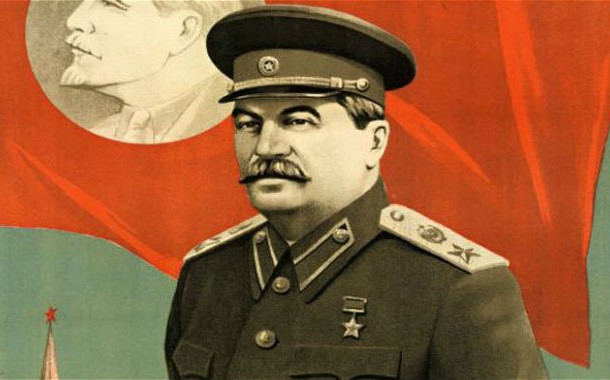
9
Initially the only protection against gas attacks was a cloth soaked in a soldier’s own urine. British officer Edward Harrison invented the first practical gas mask, saving thousands of lives.
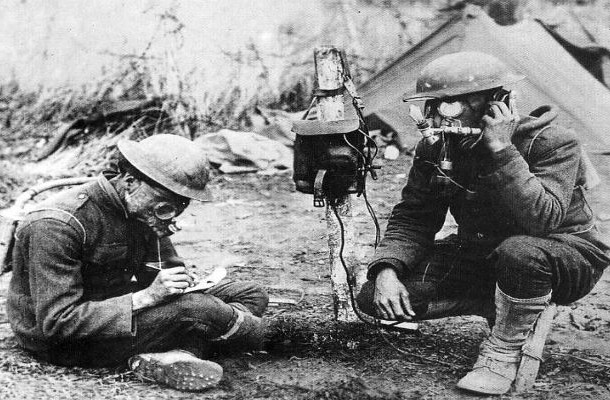
8
At the height of the war the British Army had 870,000 horses. Dead ones were melted down for fat which was later used for making explosives.
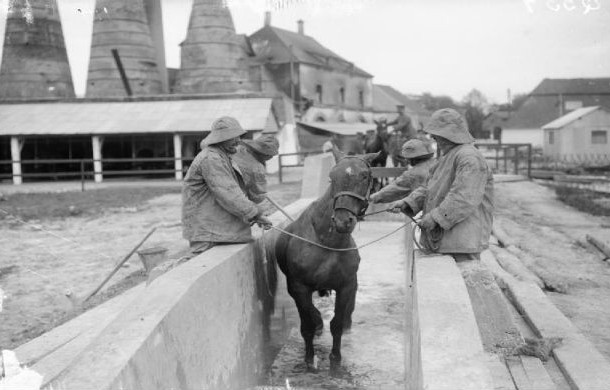
7
The so-called "Pals Battalions" included groups of men who had joined up together. They included schoolboys, railway workers, and two made up of professional footballers.
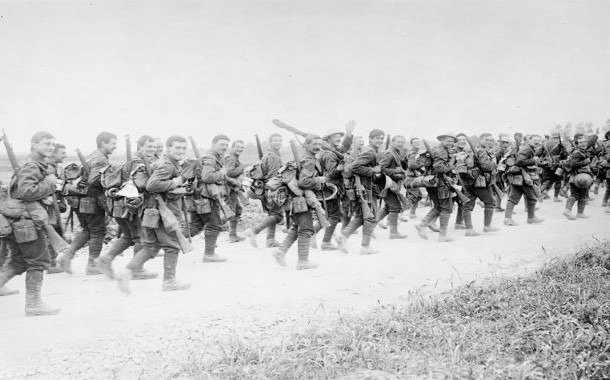
6
More than 65 million men from 30 countries fought in WWI. The war claimed the lives of at least 6,000 men a day. It is estimated that more than ten million soldiers died during the fighting. The Allies (the Entente Powers) lost about 6 million soldiers, while the Central Powers lost about 4 million.
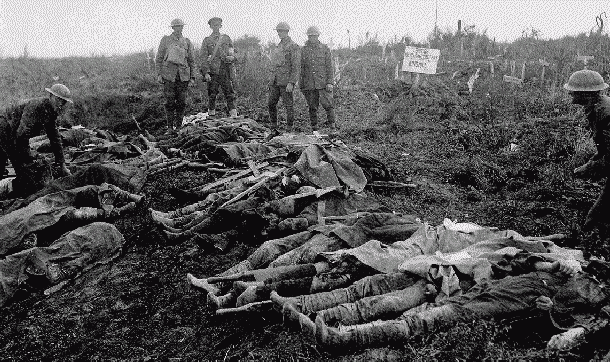
5
On Christmas Eve during World War I (1914), an unofficial truce was observed along two-thirds of the Western Front. Near Ypres, Belgium, some German and British troops played a football match in No Man’s Land in what became a true lesson of humanity. Germany won the football match 3–2, but shortly after the leaders of both fronts ended the truce.
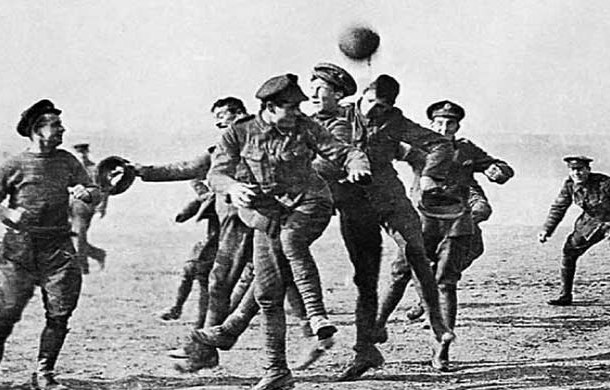
4
Millions of soldiers suffered “shell shock,” or post-traumatic stress disorder, due to the horrors of trench warfare. Shell-shocked men often had uncontrollable diarrhea, couldn’t sleep, stopped speaking, whimpered for hours, and twitched uncontrollably. While some soldiers recovered, others suffered for the rest of their lives.
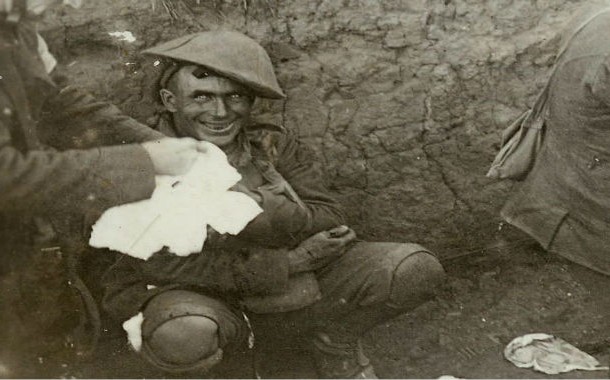
3
During WWI, the Turks slaughtered approximately 1.5 million Armenians and later nearly a million Greeks. These brutal acts of genocide would later attract the attention of Hitler and was partly responsible for sowing the seeds of the Holocaust.
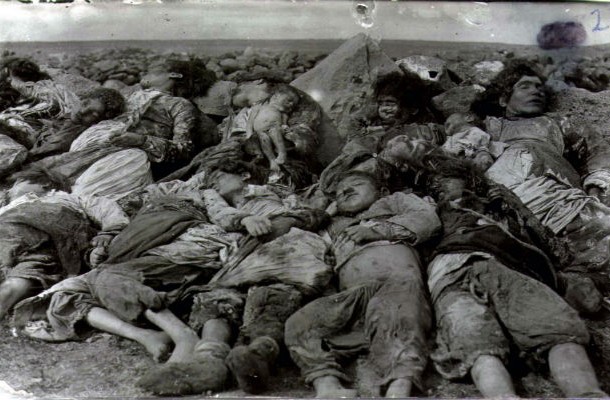
2
After WWI, Britain’s and France’s leadership in the world began to disintegrate, and their military greatness and economic wealth also suffered immensely. They had huge debts, high unemployment, and a slow recovery. As a result, the US, and a few years later the USSR, would replace the two dissolving empires as the two global powers.
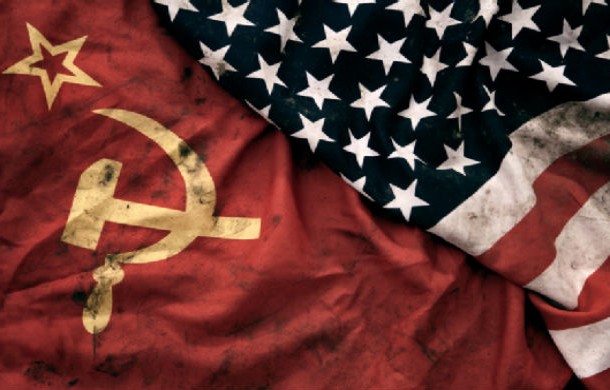
1
During the war a young Austrian-born German soldier, who had been awarded the Iron Cross for bravery, was temporarily blinded in a mustard gas attack and was hospitalized in Pasewalk. While there, he learned of Germany’s defeat, and because of the shock he suffered from the news, he suffered a second bout of blindness. His bitterness and sorrow over the collapse of the war effort began to shape his ideology and would later lead the world into the most catastrophic war in human history. This soldier was named Adolf Hitler.



